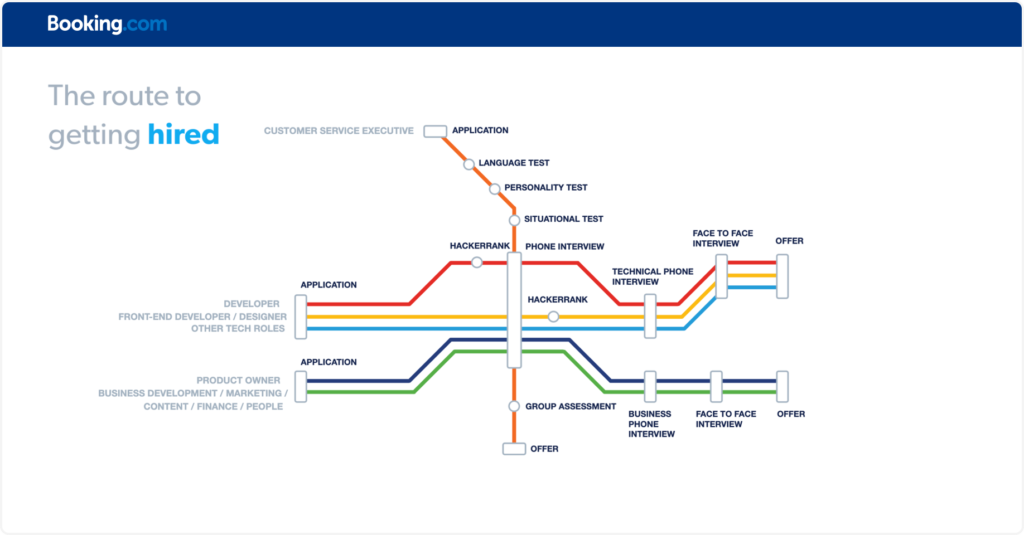

APPLIED FUNCTIONAL DATA ANALYSIS METHODS AND CASE STUDIES FOR FREE
Our resource library is available for free to professionlas and students. RCA tries to follow the chain of cause and effects to pinpoint the problem that will make all the other faults disappear when finally eliminated.

In that case, you could bet your paycheck that the belt is going to fail again. If you fix a symptom of the problem, but you don’t fix the actual cause of the problem, there’s a high chance the failure will happen again.įor example, suppose you replace the broken belt but don’t change the misaligned part causing the belt to overheat and break. But once a root cause analysis is done, it takes the shape of a proactive mechanism since it can predict problems before they occur. RCA is a reactive process, meaning it’s performed after the event occurs. Like those meddling kids in Mystery Inc., you’ll use your detective skills to determine: In the context of failure analysis, RCA is used to find the root cause of frequent machine malfunctions or a significant machine breakdown. What is root cause analysis?īy definition, root cause analysis is the process of finding the underlying cause for an effect we observe or experience. Get out your detective notebook because we are going to take a deep dive into all things Root Cause Analysis. In this post, we will show you how to get to the bottom of why things break, and all the different ways you can fix them. (and his ’stache) when it comes to solving the trickiest cases.īut what if there was an even easier way to solve those complex problems? It’s a little technique we call Root Cause Analysis (RCA). Yep, maintenance professionals are right up there with the great Magnum P.I.

Sherlock Holmes, Thomas Magnum … and you. ApRoot Cause Analysis Steps, Tools, and Examples


 0 kommentar(er)
0 kommentar(er)
